China launched a set of remote-sensing satellites early on Tuesday morning, according to China Aerospace Science and Technology Corp, the nation's leading space contractor.
The State-owned conglomerate said in a news release that the Yaogan 39 satellites were carried by a Long March 2D rocket that lifted off at 4:03 am at the Xichang Satellite Launch Center in Sichuan province and soon arrived at their preset orbit.
The satellites were jointly developed by the China Academy of Space Technology in Beijing and the Shanghai Academy of Spaceflight Technology, and are the newest members of the nation's Yaogan network.
Remote-sensing satellites refer to those tasked with observing, surveying and measuring objects on land or at sea as well as monitoring weather.
The Yaogan family is the largest fleet of remote-sensing spacecraft in China. Their data has been widely used by governments, public service sectors and businesses.
The launch marked the fourth time Yaogan 39-series satellites were deployed.
Long March 2D, designed and built by the Shanghai Academy of Spaceflight Technology, is fueled by liquid propellants and has a liftoff thrust of 300 metric tons. It is capable of sending a 1.3-ton spacecraft to a typical sun-synchronous orbit with an altitude of 700 kilometers.
The mission was China's 48th rocket launch this year and the 492nd flight of the Long March rocket family, the nation's main launch vehicle fleet. It also marked the 200th flight of rockets built by the Shanghai academy.











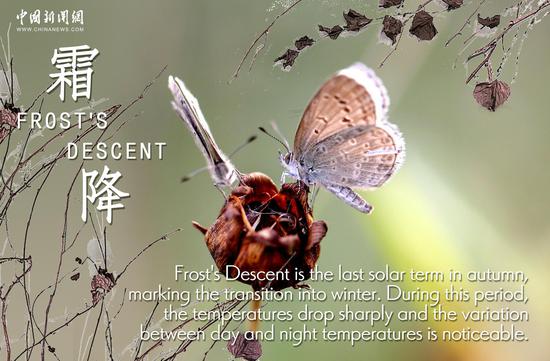




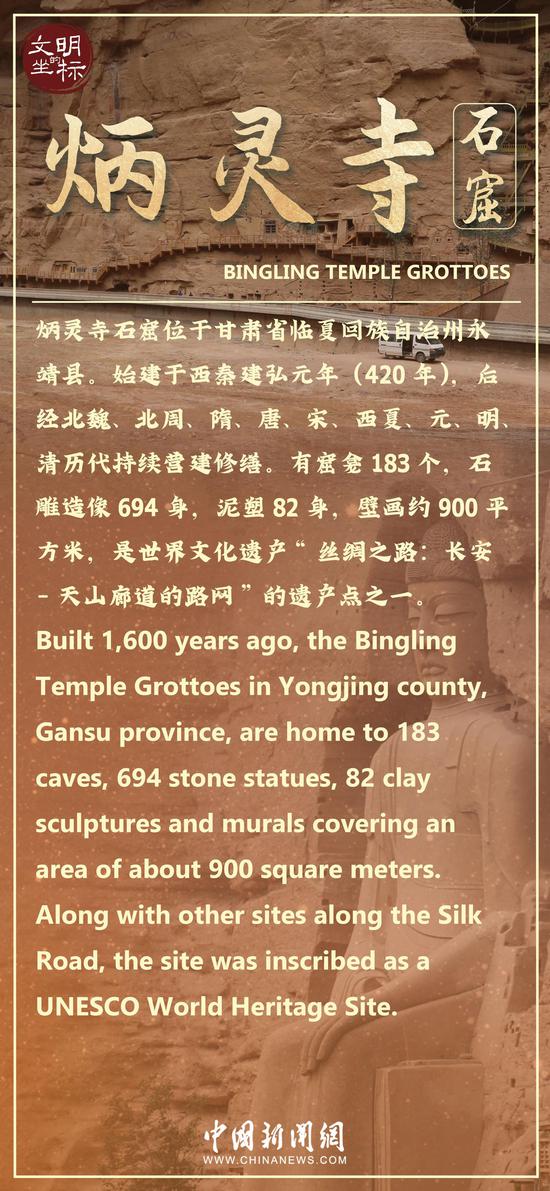






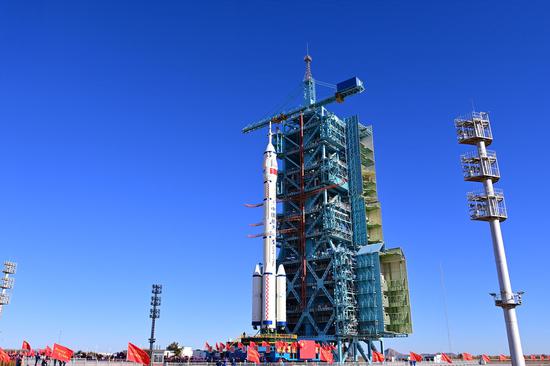

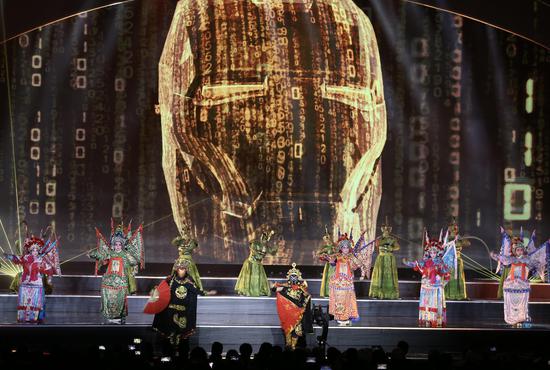
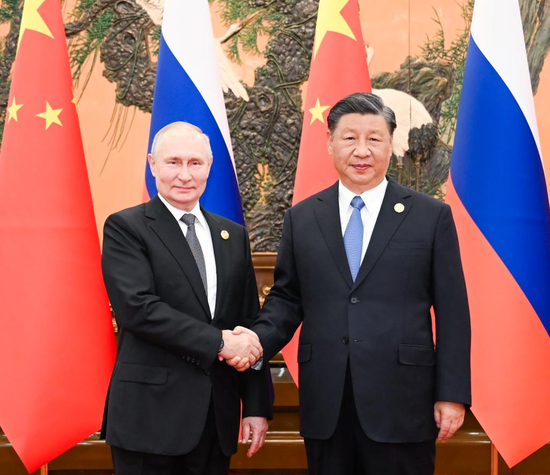


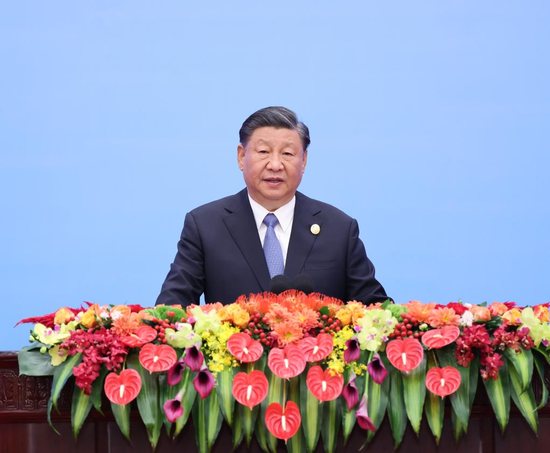
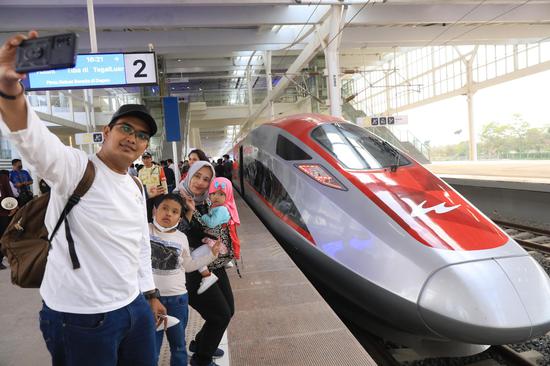


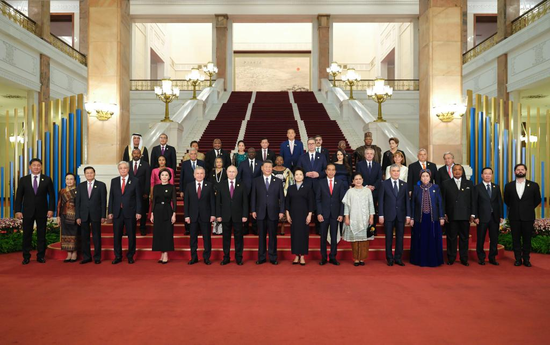

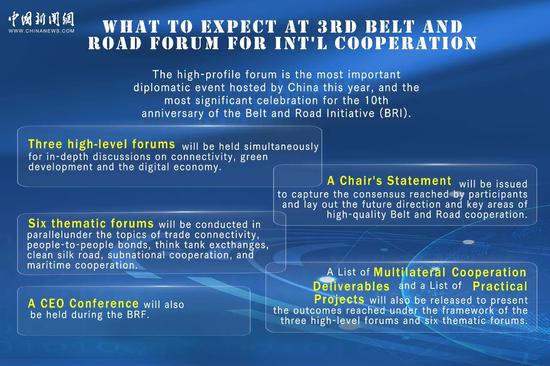

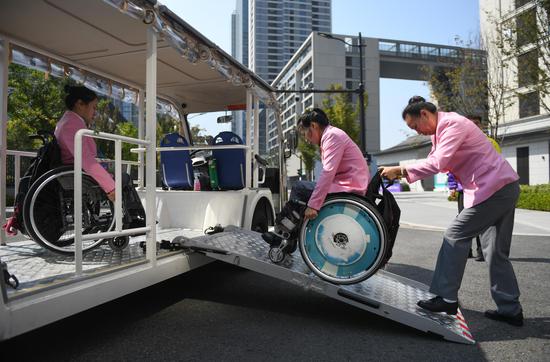






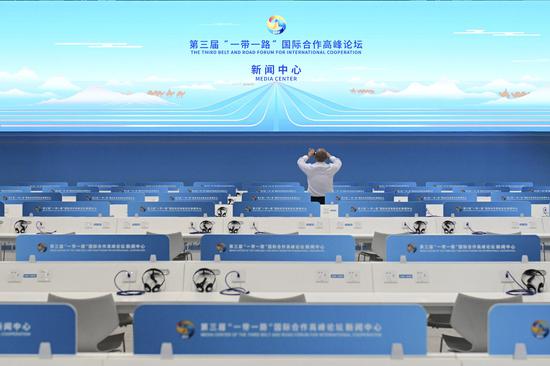





 京公网安备 11010202009201号
京公网安备 11010202009201号